An assorted list of zones and national parks in India, that every animal lover, big or small, must visit once in their lifetime!
One of India’s greatest contributions to the world is its wide array of animals. India is home to some of the most celebrated species of the animal kingdom including the Bengal Tiger, Himalayan Wolf, Gaur, and the Indian Leopard among a PLETHORA of other animals. What makes the lands of India so favourable for such a beautiful possession of animal species? The answer lies in the country’s diverse geographical features, encouraging a supreme flora that makes the perfect shelter for its fauna. Geographical features so beautiful that you must explore them for two purposes: to bask in their natural beauty and to explore the rich fauna. And so, if you have even a little bit of love for animals in your heart, here’s a list of some top places to check out and experience animals in all their prestige!
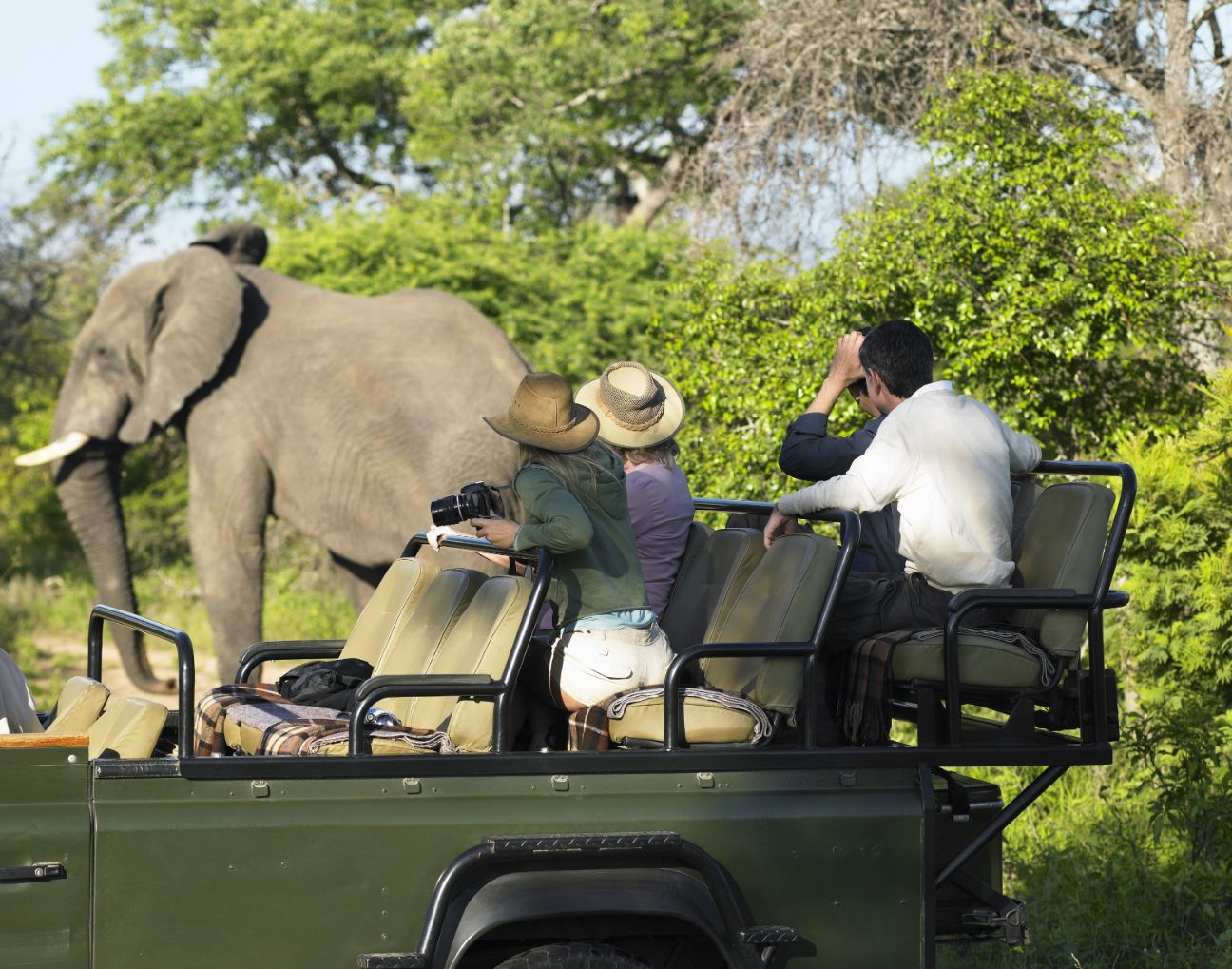
CENTRAL INDIA
Pench National Park, Madhya Pradesh
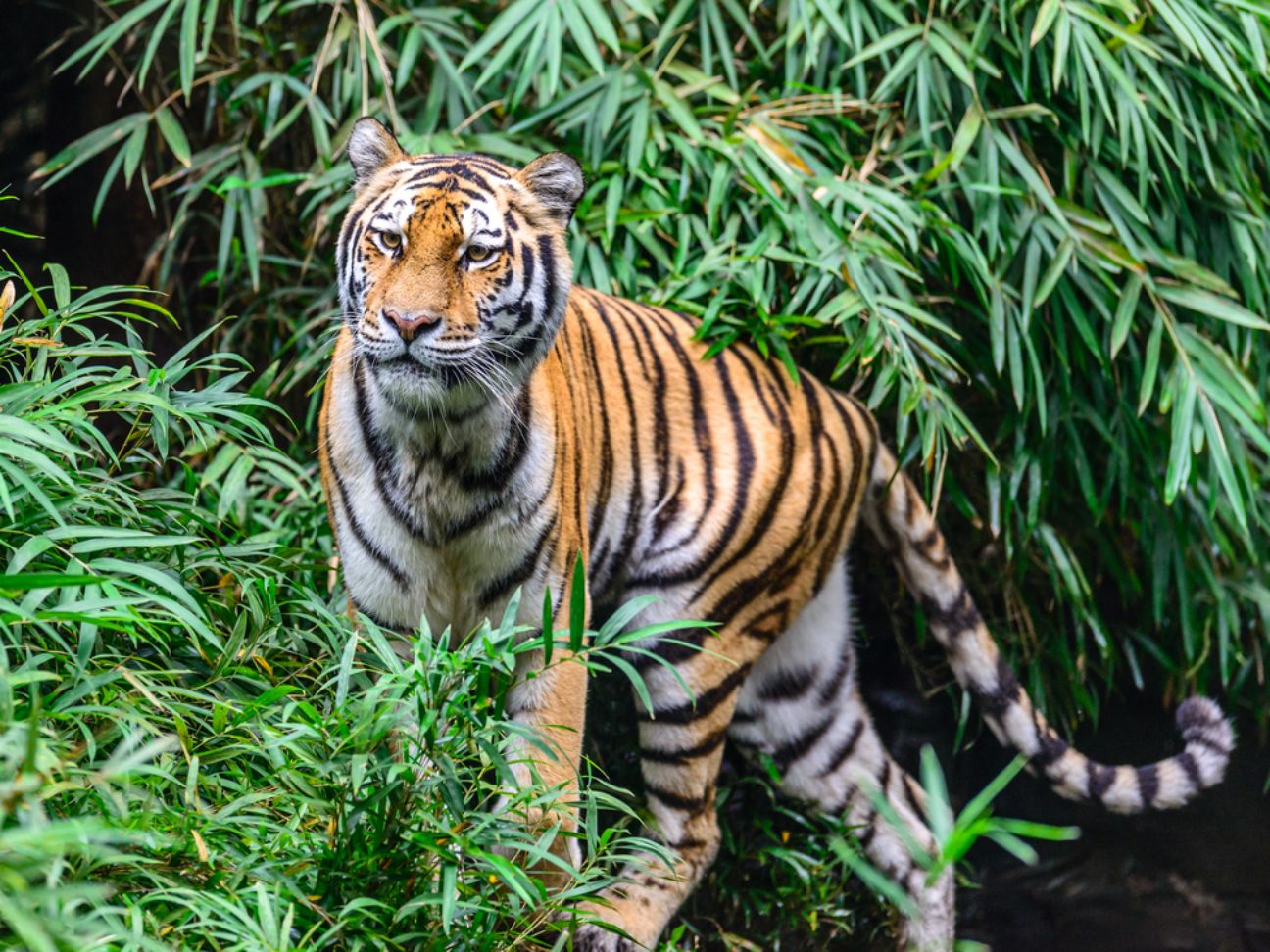
Inspiring Rudyard Kipling's iconic fictional character, Mowgli, the Pench National Park can be related to in several ways. Deriving its name from the Pench river flowing through the park, this park is spread over an area of 257.26 km2. It was enlisted as a tiger reserve in 1992.
What you get to see: Tiger, Leopard, Jungle Cats, Sloth Bear, Wild dog, Jackle, Wolf, Hyena, Fox, Wild Boar, Langoor, Monkey, Indian Gaur (Bison) and more.
Kanha National Park, Madhya Pradesh
Credited to be one of the best national parks of Asia, the Kanha National Park is widely gaining popularity. The expanse of the national park is massive; it is divided into two sanctuaries: Banjar and Hallon, over the 940-kilometre square of the total area.
What you get to see: Tiger, Panther, Sambar, Barasingha, Chital, Black Buck, Barking Deer, Gaur, Langur, Wild Pig, Jackal, Chousingha, Sloth Bear, Wild Dog and more.
Bandhavgarh National Park, Madhya Pradesh
Perched in the midst of the beautiful Vindhya Hills, the Bandhavgarh National Park is one of the most popular national parks of India. Sprawling across a core area of 105 sq km this national park is replete with versatile vegetation where several animals have found their homes.
What you get to see: White Tigers, Bengal Tigers, Leopards, Sambar, Barking Deer, Nilgai, Wild Boar, Gaur, Chausingha and Chinkara, the Asiatic jackal and more.
Kanger Ghati National Park, Chattisgarh
Declared a national park, way back in 1982, the Kanger Ghati National Park is especially popular for its one-of-a-kind biodiversity. From waterfalls and hills to subterranean geomorphologic limestone caves, you’ll find them all here.
What you get to see: tigers, leopards, mouse deer, wild cat, chital, sambar, barking deer, jackals, langurs, rhesus macaque, sloth bear, flying squirrel and more.
NORTH INDIA
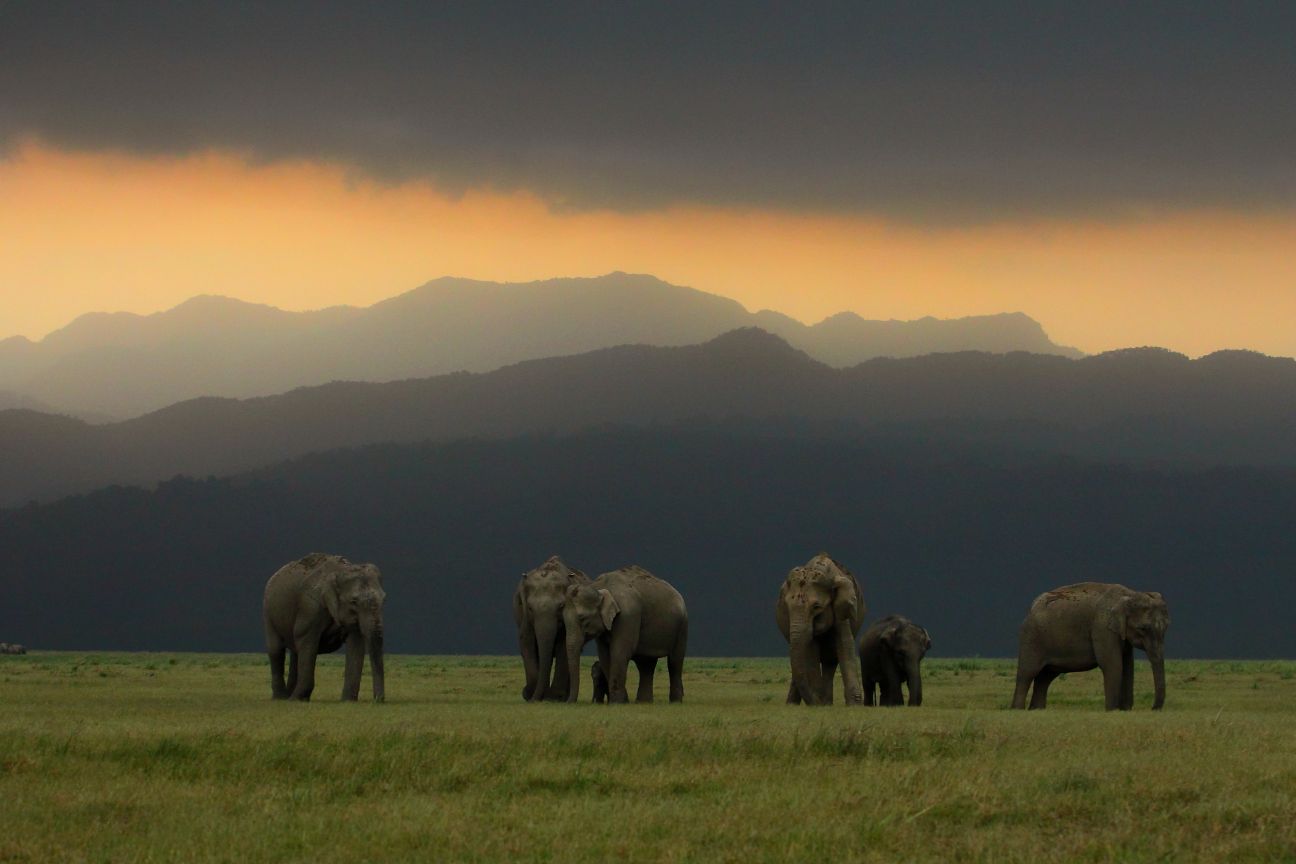
A forested wildlife sanctuary in the beautiful state of Uttarakhand or as they call it “Devbhumi”, the Jim Corbett National Park has been the fancy of many a Bollywood movie plots, like Kaal. Established in 1936, it is the country’s oldest national park!
What you get to see: Tiger Leopard, Elephant, Chital, Sambar, Hog Deer, Barking Deer, Wild Boar, Langur, Wild Pig, Rhesus Monkey, Sambar, Jackal and more.
Hemis National Park, Jammu and Kashmir
If you are really determined to spot a snow leopard, the Hemis National Park is where you can. Nestled in the eastern part of Ladakh, this park world-renowned for snow leopards, given the fact the highest density of the species (in any protected area in the world) lies here!
What you get to see: Snow Leopard, Tibetan Wolf, Red Fox, Eurasian Brown Bear, Mountain Weasel, Himalayan Mouse Hare, Himalayan Marmot and more.
Ranthambore National Park, Rajasthan
A national park speaking to you with tales of royalty, the Ranthambore National Park became a national park in November 1980. In recent years, the number of tourists flocking to see the Bengal Tigers in their natural habitat has been on a steep incline.
What you get to see: Bengal Tiger, Indian Leopard, Nilgai, Wild Boar, Sambar, Striped Hyena, Sloth Bear, Southern Plains Grey Langur, Rhesus Macaque, And More.
Great Himalayan National Park, Himachal Pradesh
Constituted in 1984 and formally declared a national park in 1999, the Great Himalayan National Park is located in Kullu district’s Banjar region. Its outstanding biodiversity conservation also won it the title of UNESCO World Heritage Site in 2014.
What you get to see: Brown Bear, Musk Deer, Thar, Goral, Snow Leopard, Bharal, Monal, Koklass, Tragopan And Tahr, Blue Sheep and more.
SOUTH INDIA
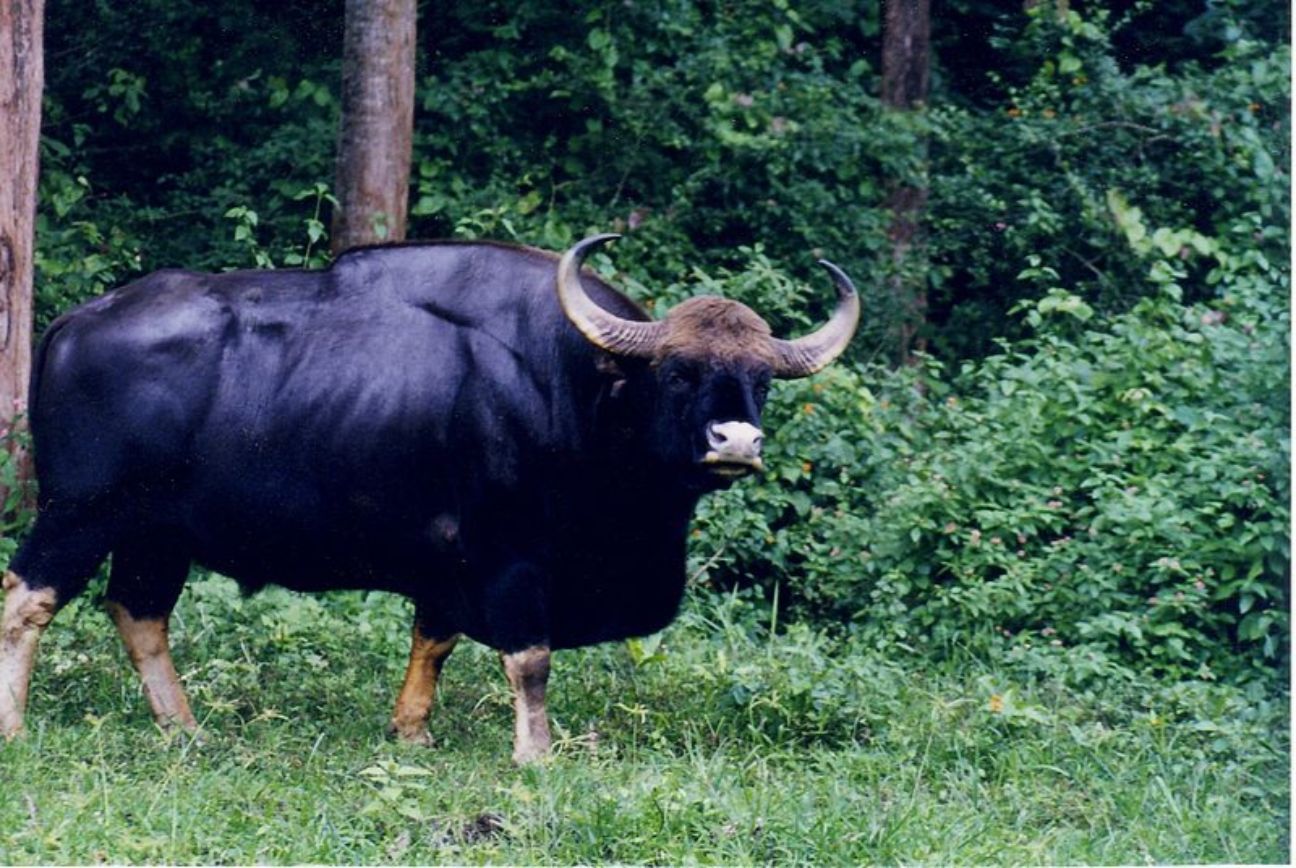
A great and quick escape to folks living in Bangalore, the hill station of Madikeri lies a few miles away from Coorg, the famous coffee plantation place. It’s forever misty forests are home to some of the most unique fauna of the country.
What you get to see: Elephants, Gaur, Jungle Cat, Tiger, Sambar, Spotted Deer, Lion-tailed Macaque, Nilgiri Langur, Barking Deer, Malabar Giant Squirrel, Nilgiri Marten and more.
Kabini Wildlife Sanctuary, Karnataka
Gaining popularity with its luxury resorts today, the Kabini Wildlife Sanctuary is one of the most laidback wildlife expeditions you’ll have. If you are looking for the perfect mix of leisure and animal spotting, this place is a great choice!
What you get to see: Bengal Tiger, Indian Leopard, Ussuri Dhole, Sloth Bear, Striped Hyena, Chital, Sambar Deer, Barking Deer, Four-horned Antelope and more.
Bandipur Tiger Reserve, Karnataka
The Bandipur Tiger Reserve came into existence in the year 1974, before it was declared a National Park. It comes under the Tiger Conservation program called Project Tiger. The park holds great significance for being in Karnataka, the state with the country’s second-highest tiger population.
What you get to see: Indian Elephants, Gaurs, Tigers, Sloth Bears, Muggers, Indian Rock Pythons, Four-horned Antelopes, Jackals And Dholes and more.
Make your way through the blue mountains and green tea plantations of Munnar as we drive towards Thekkady, a place popular for its aromatic spices and wild wildlife! Established as both, an elephant reserve as well as a tiger reserve, this national park sprawls across a massive 925 km2!
What you get to see: Asian Elephant, White Tiger, Gaur, Sambar, Wild Pig, Indian Giant Squirrel, Travancore Flying Squirrel, Jungle Cat, Sloth Bear, Nilgiri Tahr and more.
EAST INDIA
Kaziranga National Park, Assam
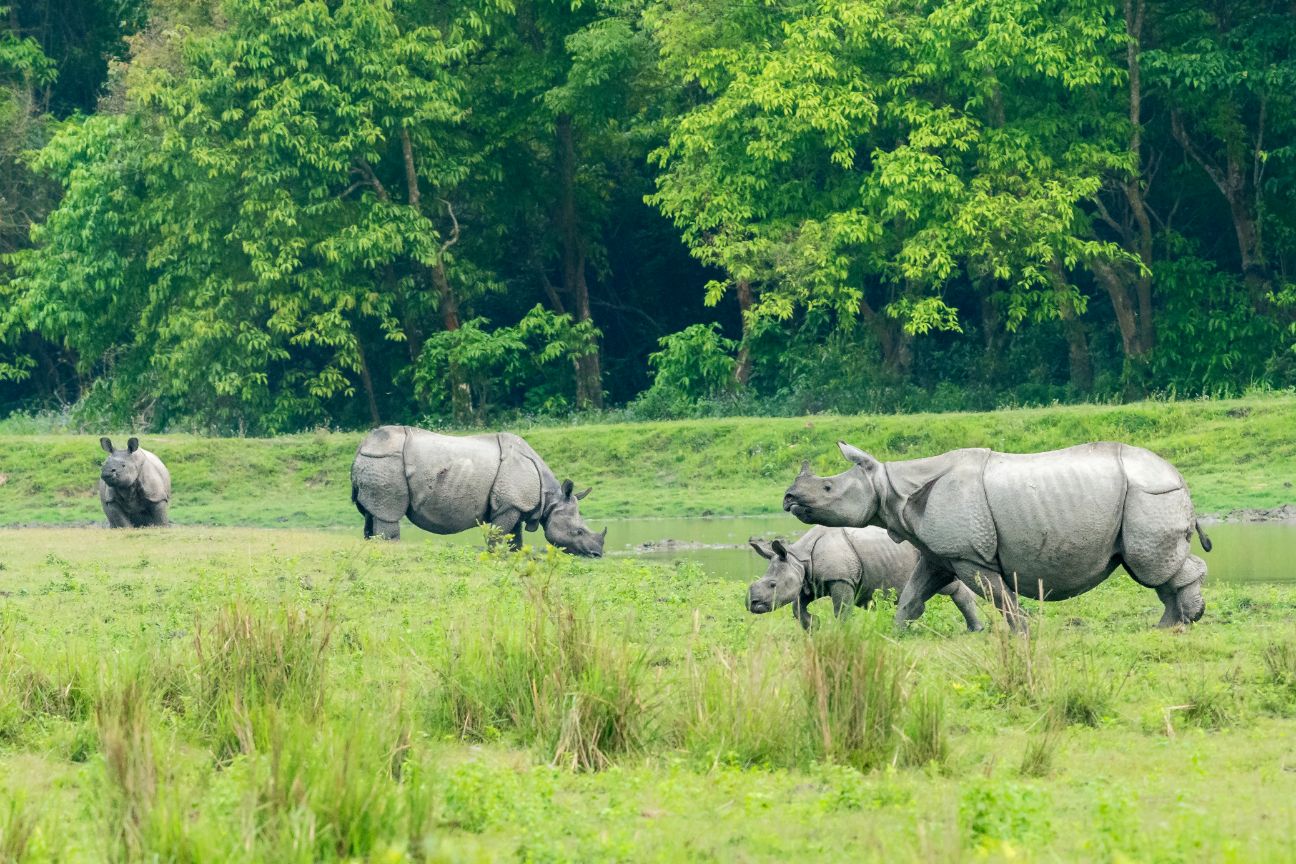
If spotting the endangered one-horned rhinoceros is on your bucket list, a visit to the Kaziranga National Park is a must. An acclaimed World Heritage Site, the national park is also home to the highest density of tigers among protected areas in the world.
What you get to see: Greater One-horned Rhinoceros, Wild Asiatic Water Buffalo, Eastern Swamp Deer, Elephants, Gaur, Sambar and more.
A tiger reserve, a national park and a biosphere reserve, it’s natural to wonder what is the Sundarban National Park not?! Sprawling over the Ganges Delta, this national park is densely covered by mangrove forests making it one of the unique ecosystems of the world.
What you get to see: Royal Bengal Tigers, Fishing Cats, Leopard Cats, Macaques, Wild Boar, Indian Grey Mongoose, Fox, Jungle Cat, Flying Fox, Chital and more.
Tura is where the Nokrek National Park lies. The core area of Nokrek Biosphere Reserve is what, essentially, this national park is. The fact that it was added to its list of Biosphere Reserves by UNESCO ups the draw of it.
What you get to see: Remnant population of the Red Panda, eight species of cats, ranging from Tiger to Marbled Cat, the rare stump-tailed Macaque and more.
Tikarpada Wildlife Sanctuary, Odisha
Intrigues by reptiles? Make sure to have the Tikarpada Wildlife Sanctuary on your bucket list! Covering an area of 795.52 square kilometres, this national park is where you can see gharials, a reptile species that was once counted to be extinct, breeding.
What you get to see: Gharial, Leopards, Tigers, Gaurs, Spotted Deers, Sambal, Four-horned Antelopes, Sloths and more.
WEST INDIA
Gir National Park, Gujarat

Sasan Gir or the Gir National Park lies near Talala Gir in Gujarat. It is a forest as well as a wildlife sanctuary. Established in 1965 with a total area of 1,412 km2, this national park part of the Kathiawar-Gir dry deciduous forests ecoregion.
What you get to see: Asiatic Lion, Indian Leopard, Jungle Cat, Striped Hyena, Golden Jackal, Indian Grey Mongoose And Ruddy Mongoose, Honey Badger and more.
Another tiger haven, the Tadoba National Park is located in Maharashtra’s Chandrapur district. Known to be the largest and oldest national parks in Maharashtra, this one covers an area of 577.96 square kilometres, of which some is a reserved forest and some protected.
What you get to see: the Bengal Tiger, Indian Leopards, Sloth Bears, Gaur, Nilgai, Dhole, Striped Hyena, Small Indian Civet, Jungle Cats, Sambar, Barking Deer and more.
Bhimashankar, Maharashtra
Popular as a religious spot for its Jyotirlinga shrine, Bhimashankar’s unique topography has always been a subject of outdoor enthusiasts — be it for trekking or spotting animals. It came into being, as the Bhimashankar Wildlife Sanctuary, mainly to protect the habitat of the Indian Giant Squirrel.
What you get to see: Indian Giant Squirrel, Leopard Panthera Pardus, Striped Hyena, Golden Jackal, Sambar, Barking Deer, Wildboar, Common Langur and more.
Sanjay Gandhi National Park, Maharashtra
And last but not least, we have the Sanjay Gandhi National Park of Mumbai. Essentially, a protected area with an area of 87 km2, this destination is notable as one of the major national parks existing within a metropolis limit. It is also one of the most visited parks in the world!
What you see here: Chital, Rhesus Macaque, Bonnet Macaque, Black-naped Or Indian Hare, Muntjac, Porcupine, Asian Palm Civet, Chevrotain and more.
With that, let the holiday planning begin. And as you hit the road to begin your exploration, don’t forget to be a responsible tourist. More on that here!
Note: For information of current animals, Wikipedia and the official websites of the national parks were referred to.